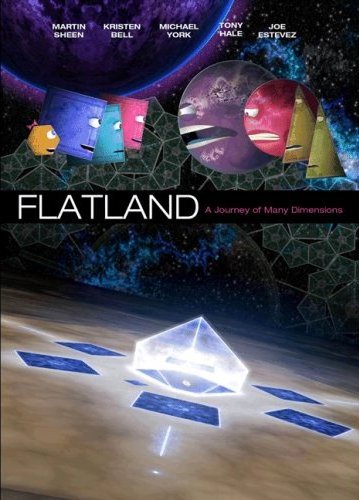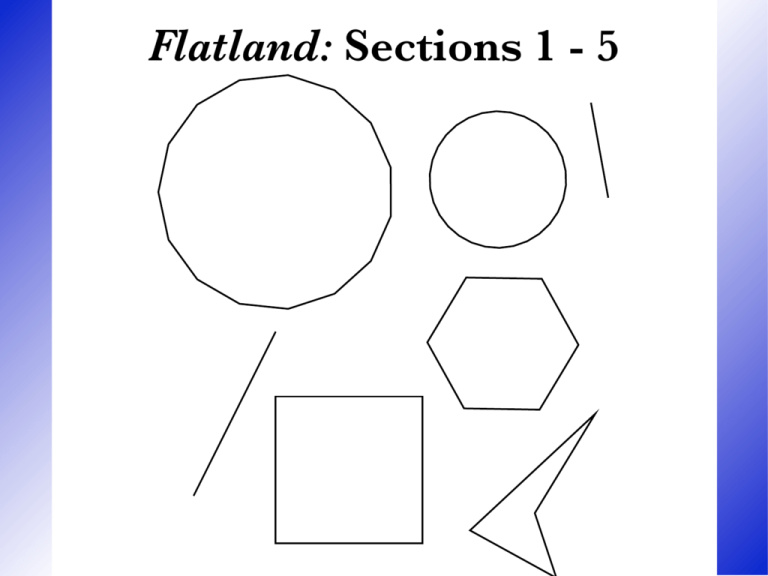

Lowly triangles are good only for manual labor squares are part of the professional class and creatures with so many sides that they look circular are priests, who, frowns Hex, “just make rules that everyone else has to obey.”

In Flatland, having more sides supposedly means that you’re smarter.

Each subsequent generation, Hex dutifully reports, acquires an additional side, so that Arthur Square’s children are pentagons and Hex is a hexagon. On the way, Arthur drills Hex - a darling little hexagon, complete with a bow and a big expressive eye - on Flatland’s uncompromising hierarchy. We then zoom into the home of Arthur Square, who is late to take his granddaughter Hex to school at St. The inhabited parts of Flatland look like ornate Islamic tilings, and the uninhabited parts are filled with exotic fractal patterns that could come from the surface of Mercury. The first film, Flatland: The Movie, takes immediate advantage of its medium by opening with a dazzling flyover of Flatland. It’s a gem: an engaging, beautiful and mathematically rich film that children and adults alike can enjoy. Now there’s a sequel called Flatland 2: Sphereland, which expands the story into non-Euclidean geometry. In 2007, Flatland was made into an animated movie with the voices of Martin Sheen, Kristen Bell and Michael York. Through the book, Abbott skewered hierarchical Victorian values while simultaneously giving a glimpse of the mathematics of higher dimensions. In 1884, Edwin Abbott wrote a strange and enchanting novella called Flatland, in which a square who lives in a two-dimensional world comes to comprehend the existence of a third dimension but is unable to persuade his compatriots of his discovery.


 0 kommentar(er)
0 kommentar(er)
